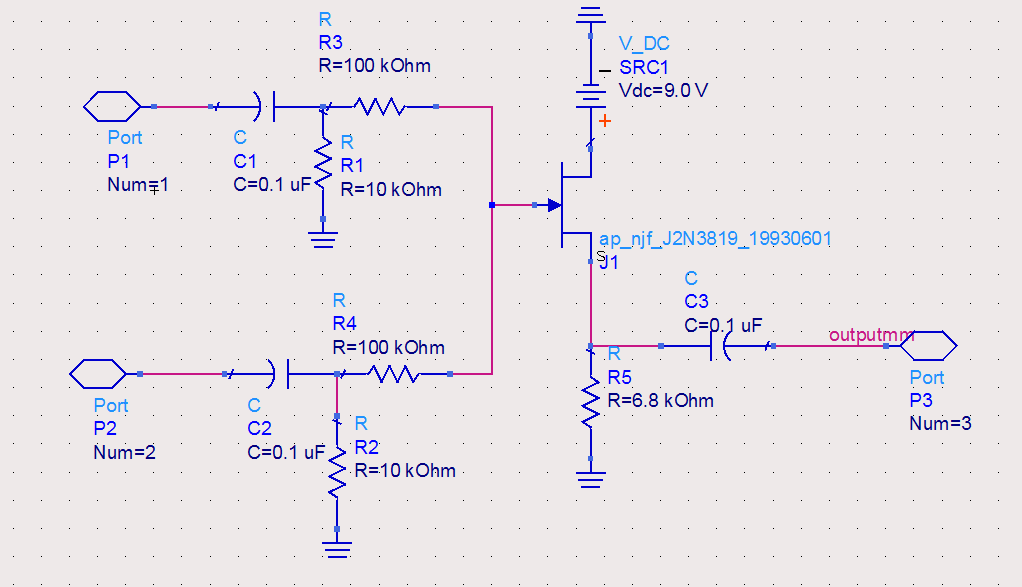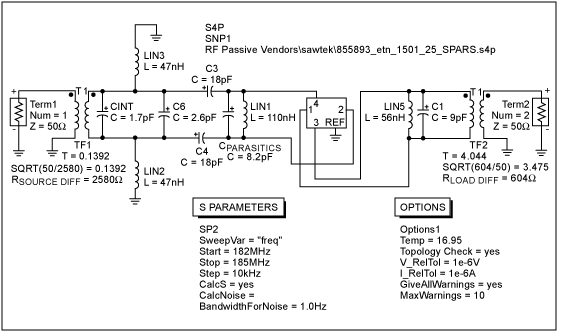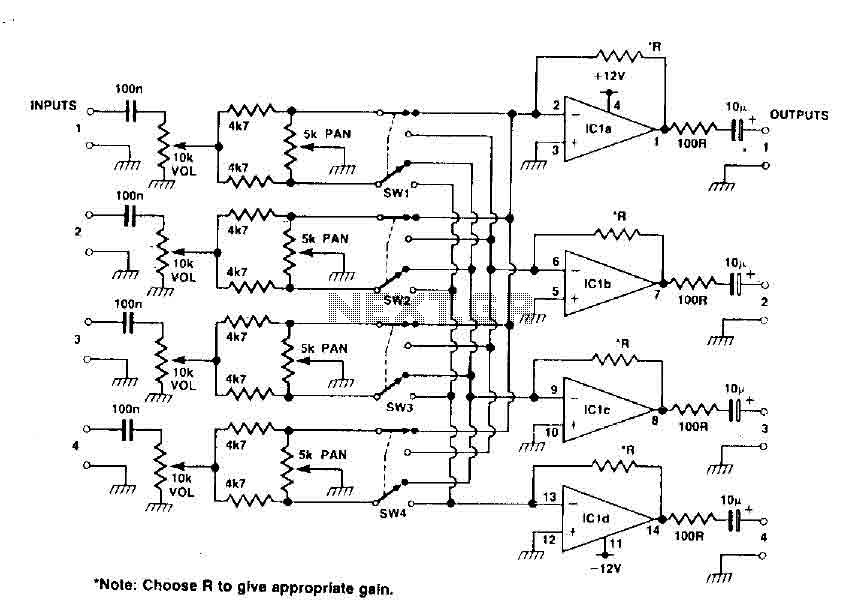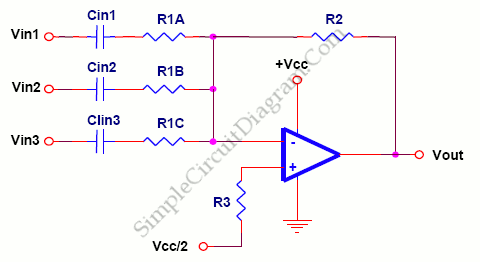
PENTODE MIXER
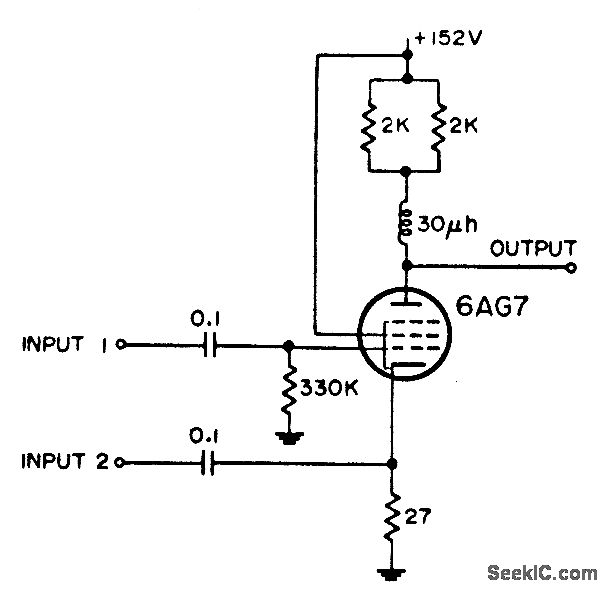
Negative video and intermediate frequency (IFF) signals are introduced at the grid, while a range strobe signal from the cathode output of a blocking oscillator is applied to the cathode. -NBS, "Handbook Preferred Circuits Navy Aeronautical Electronic Equipment," Vol. 1, Electron Tube Circuits, 1963, p N4-4.
The circuit described involves the integration of negative video signals and intermediate frequency (IFF) signals at the grid terminal of a vacuum tube. The application of these signals is crucial for the modulation and processing of video information in various electronic systems, particularly in aeronautical applications as referenced in the NBS handbook.
The blocking oscillator serves as a key component in this configuration, providing a strobe signal from its cathode output. The strobe signal is essential for timing and synchronization purposes, ensuring that the video and IFF signals are processed at the correct intervals. This synchronization is particularly important in radar and communication systems, where precise timing can significantly affect performance and accuracy.
In practical terms, the circuit would typically include a vacuum tube configured to amplify the incoming negative video and IFF signals. The grid, which controls the flow of electrons from the cathode to the anode, is where the signals are introduced. The blocking oscillator, which operates in a self-oscillating mode, generates the necessary strobe signal that is fed back to the cathode. This feedback allows the oscillator to maintain its operation and produce a stable output.
The design considerations for such a circuit would involve selecting appropriate components to ensure compatibility with the signal levels and frequencies involved. Additionally, attention must be paid to the power supply requirements and the overall layout to minimize noise and interference, which could adversely affect the integrity of the video and IFF signals.
Overall, this circuit exemplifies the integration of various electronic elements to achieve effective signal processing in aeronautical electronic equipment, highlighting the importance of precise control and synchronization in such applications.Negative video plus iff signals are inserted at grid, while range strobe, from cathode output of blocking oscillator, is applied to cathode. -NBS, "Handbook Preferred Circuits Navy Aeronautical Electronic Equipment, " Vol. 1, Electron Tube Circuits, 1963, p N4-4. 🔗 External reference
The circuit described involves the integration of negative video signals and intermediate frequency (IFF) signals at the grid terminal of a vacuum tube. The application of these signals is crucial for the modulation and processing of video information in various electronic systems, particularly in aeronautical applications as referenced in the NBS handbook.
The blocking oscillator serves as a key component in this configuration, providing a strobe signal from its cathode output. The strobe signal is essential for timing and synchronization purposes, ensuring that the video and IFF signals are processed at the correct intervals. This synchronization is particularly important in radar and communication systems, where precise timing can significantly affect performance and accuracy.
In practical terms, the circuit would typically include a vacuum tube configured to amplify the incoming negative video and IFF signals. The grid, which controls the flow of electrons from the cathode to the anode, is where the signals are introduced. The blocking oscillator, which operates in a self-oscillating mode, generates the necessary strobe signal that is fed back to the cathode. This feedback allows the oscillator to maintain its operation and produce a stable output.
The design considerations for such a circuit would involve selecting appropriate components to ensure compatibility with the signal levels and frequencies involved. Additionally, attention must be paid to the power supply requirements and the overall layout to minimize noise and interference, which could adversely affect the integrity of the video and IFF signals.
Overall, this circuit exemplifies the integration of various electronic elements to achieve effective signal processing in aeronautical electronic equipment, highlighting the importance of precise control and synchronization in such applications.Negative video plus iff signals are inserted at grid, while range strobe, from cathode output of blocking oscillator, is applied to cathode. -NBS, "Handbook Preferred Circuits Navy Aeronautical Electronic Equipment, " Vol. 1, Electron Tube Circuits, 1963, p N4-4. 🔗 External reference

